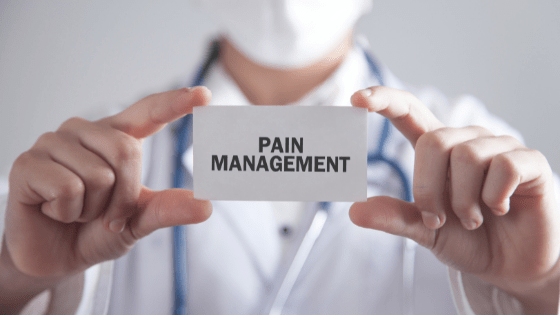In May 2021, Pain Australia and the Australian Department of Health launched the country’s National Strategic Action Plan for Pain Management, also known as The Action Plan. As the first country in the world to create an action plan dedicated to pain management, Australia is making headlines for its commitment to providing real impetus and practical support to 3.4 million Australians living with chronic pain.


What are The Action Plan’s Goals?
Carol Bennett, CEO of Pain Australia, believes that The Action Plan is ‘a critical step towards improving the quality of life for millions of Australians who live with chronic pain’ (source).
The overarching goal of The Action Plan is to minimise the pain burden for individuals and their communities, while simultaneously improving pain awareness, support and treatment for those living with chronic pain.
The Action Plan is endorsed by all the State and Territory governments as a joint initiative by the Australian Department of Health and Pain Australia to prioritise health care for Australians living in chronic pain.
The Action Plan was launched earlier this year as a response to 2020 findings concerning the overwhelming nationwide financial burden of chronic pain. The Cost of Chronic Pain in Australia report found that chronic pain cost $144.1 million in 2020, and will rise to $215.6 billion by 2050 if no action is taken.
To support key stakeholders and lessen the burden on the broader Australian community, the Action Plan hopes to commit and dedicate enough resources to improve pain management and related health care in the country.
How will The Action Plan Fulfill its Goals?
To fulfill its goals, The Action Plan details eight key priority areas for governments and health practitioners to address as part of their contribution to chronic pain health care. Out of the eight priority areas, most notably include Goal 2 and Goal 5, which outline the need for multidisciplinary and non-pharmaceutical pain management strategies.
Goal 2 concerns consumers, their carers and the wider community, and focuses on empowering such individuals with more knowledge and understanding of pain management. According to The Action Plan, community understanding of chronic pain and best practice pain management including active non-pharmacological management needs to be enhanced.
Similarly, Goal 5 hopes to improve and evaluate outcomes in pain management on an ongoing-basis to ensure pain management strategies are up-to-date and keep pace with innovation. This includes helping the health practitioner community gain a better understanding of non-pharmacological pain management interventions. Developing best practice is also necessary, particularly minimising inappropriate reliance on pain medication.
The Action Plan’s focus on non-pharmacological pain management strategies brings attention to complementary and alternative medicine (CAM) as a viable substitute to traditional pain medications.
According to Pain Australia, health care such as manual therapy and chiropractic may help people manage chronic pain, with many of the complementary approaches studied for chronic pain having good safety records.
As The National Strategic Action Plan for Pain Management continues to progress in Australia, it will be important for more research to be conducted on CAM’s viability as a chronic pain management strategy and its role in helping the plan fulfill its goals.









